John Monash Science School Partnership – Little Scientists Program
By Amanda Seach
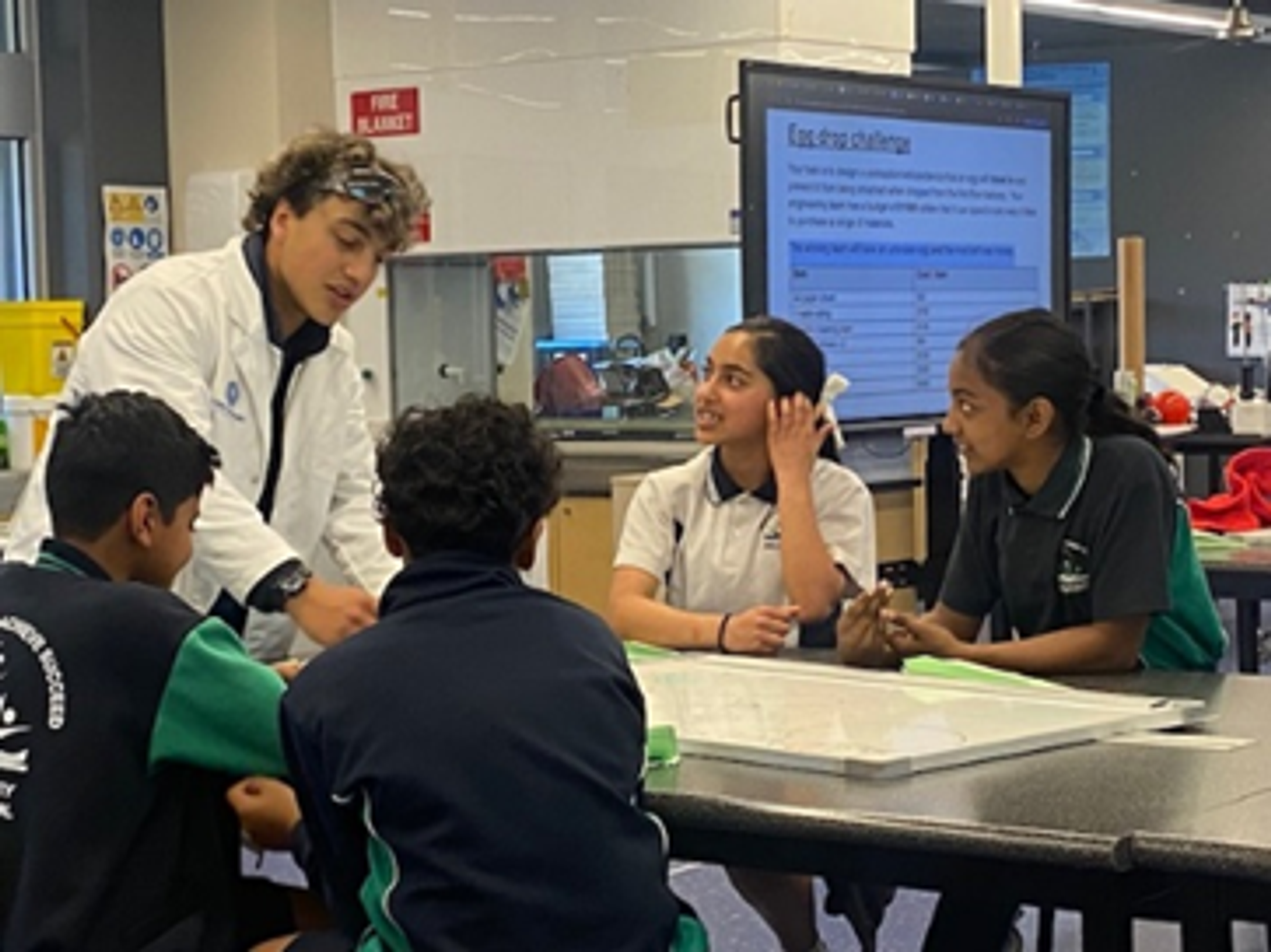
John Monash Science School Partnership – Little Scientists Program
By Amanda Seach
John Monash Science School Partnership – Little Scientists Program
Glen Waverley Primary School is proud to continue our long-standing partnership with John Monash Science School (JMSS). Through their Primary School Outreach Programs — Mini Mathematicians and Little Scientists — a small group of our high-achieving Year 5 and 6 students can explore advanced ideas in mathematics and science.
Across four engaging sessions, students work alongside JMSS Year 10 and 11 mentors, delving into hands-on experiments, problem-solving tasks, and collaborative STEM challenges. These sessions not only spark curiosity and deepen scientific understanding but also help JMSS students strengthen their leadership and communication skills.
As the Little Scientists program has concluded for this year and we congratulate our participating students – Kevon 6C, Janiru 6B, Stuti 6E and Meshavi 6E - for their enthusiasm, curiosity, and positive representation of our school. With only a few places available, their selection reflects both their talent and commitment to learning.
Please enjoy these reflections on the Chemistry and Physics sessions from our learners.
Chemistry
We completed four experiments: paper chromatography, bubble tea, Skittles, and oobleck. We learnt about the science behind each of these activities.
Skittles
We learnt about what happens when we mix Skittles with water.
We placed the Skittles in a circle and poured water in the middle. We watched the colours move toward the centre. Then we put a sugar cube in the middle. Since it had a higher concentration than the water and Skittles, the colours moved away from it.
What we learnt:
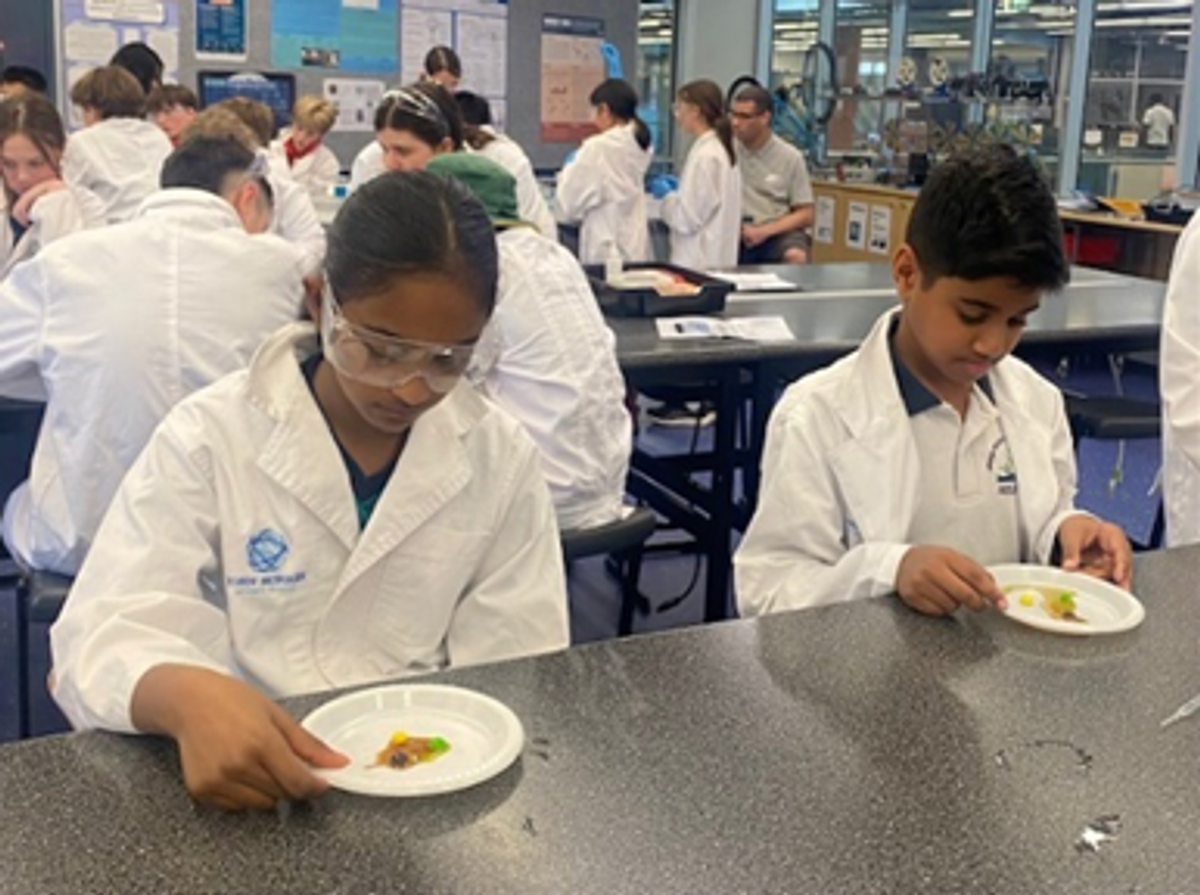

Paper Chromatography
We used special chromatography paper and different coloured markers to draw on it. Then we placed the paper in ethanol and watched the colours spread up through the paper.
What we learnt:
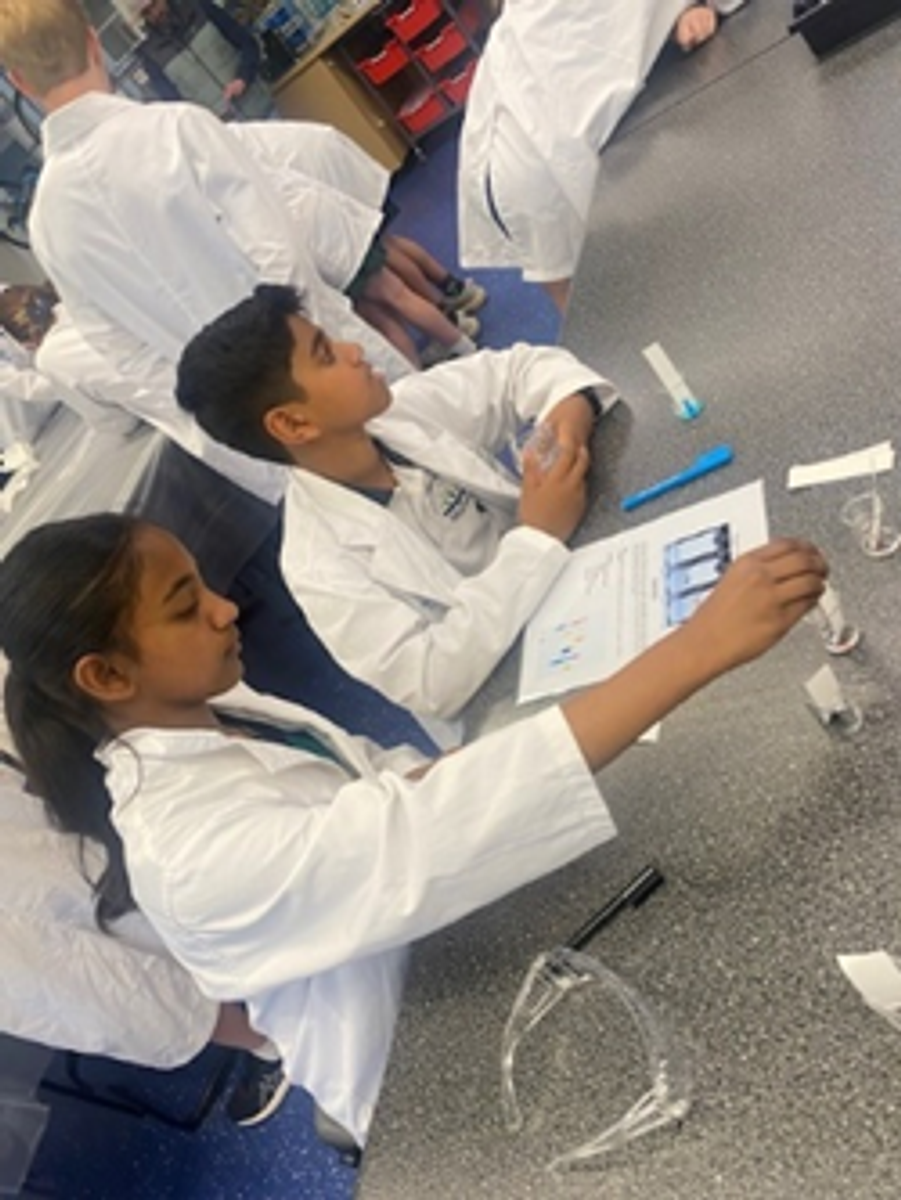
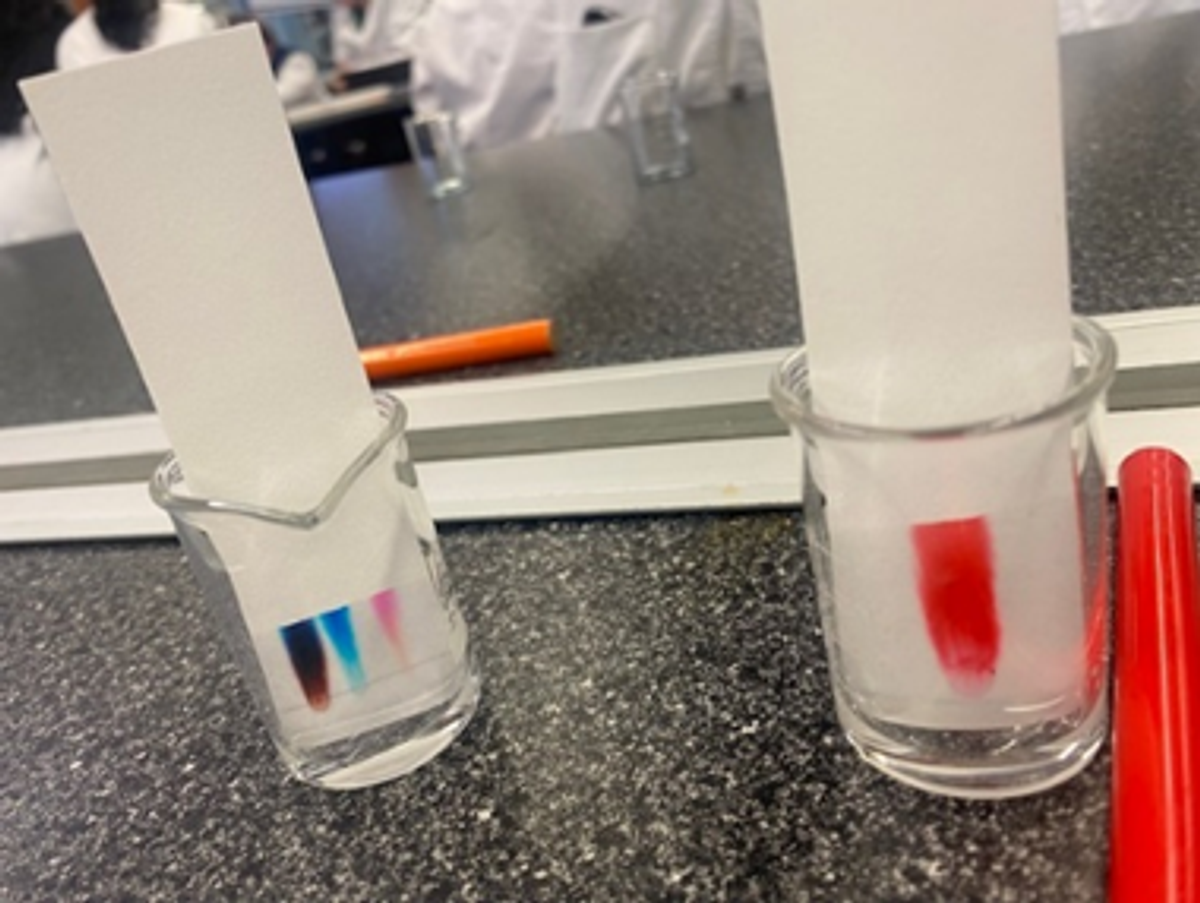


Bubble Tea
We made small spheres that looked like bubble tea pearls by putting one liquid into another. The process involved adding dye to the first liquid, then using a syringe to drop sodium alginate into calcium chloride. After forming the balls, we rinsed them in water and then removed them.
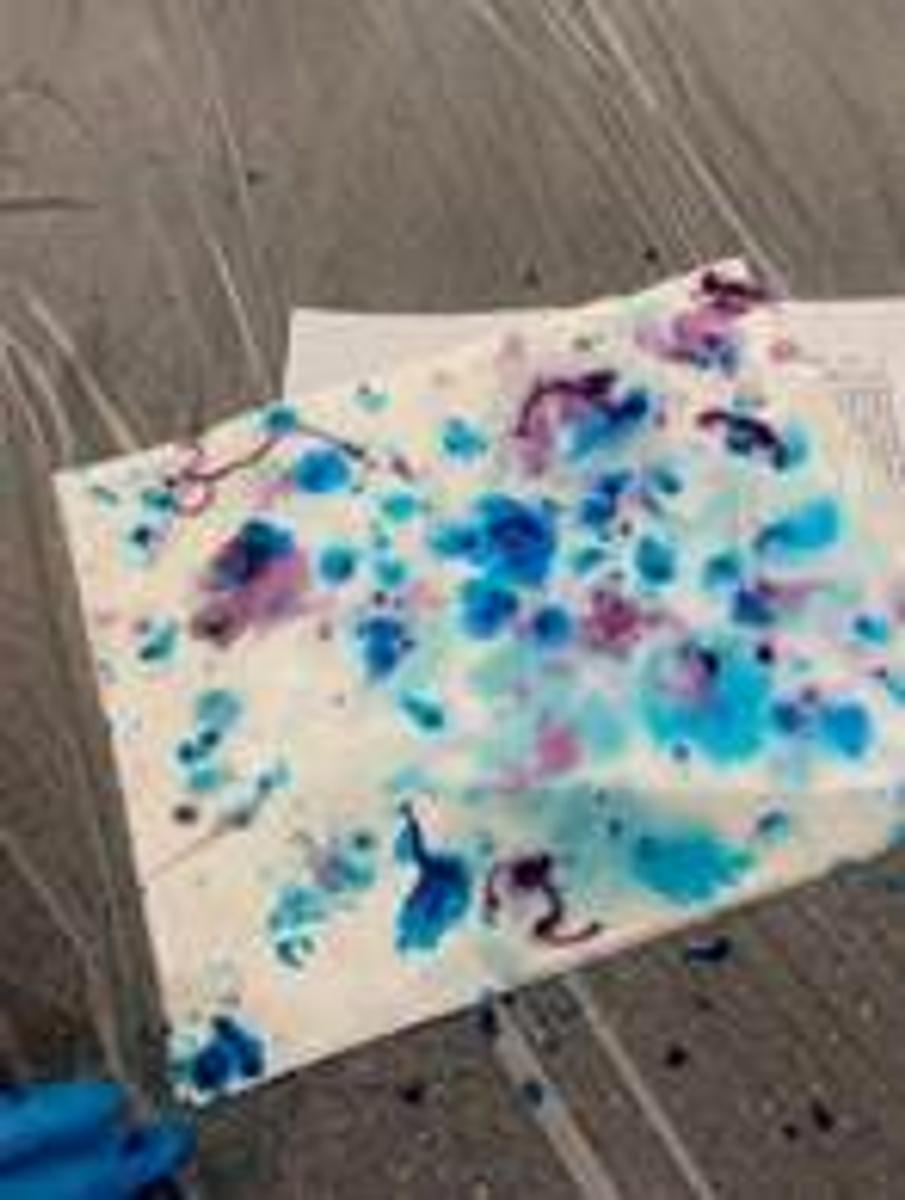
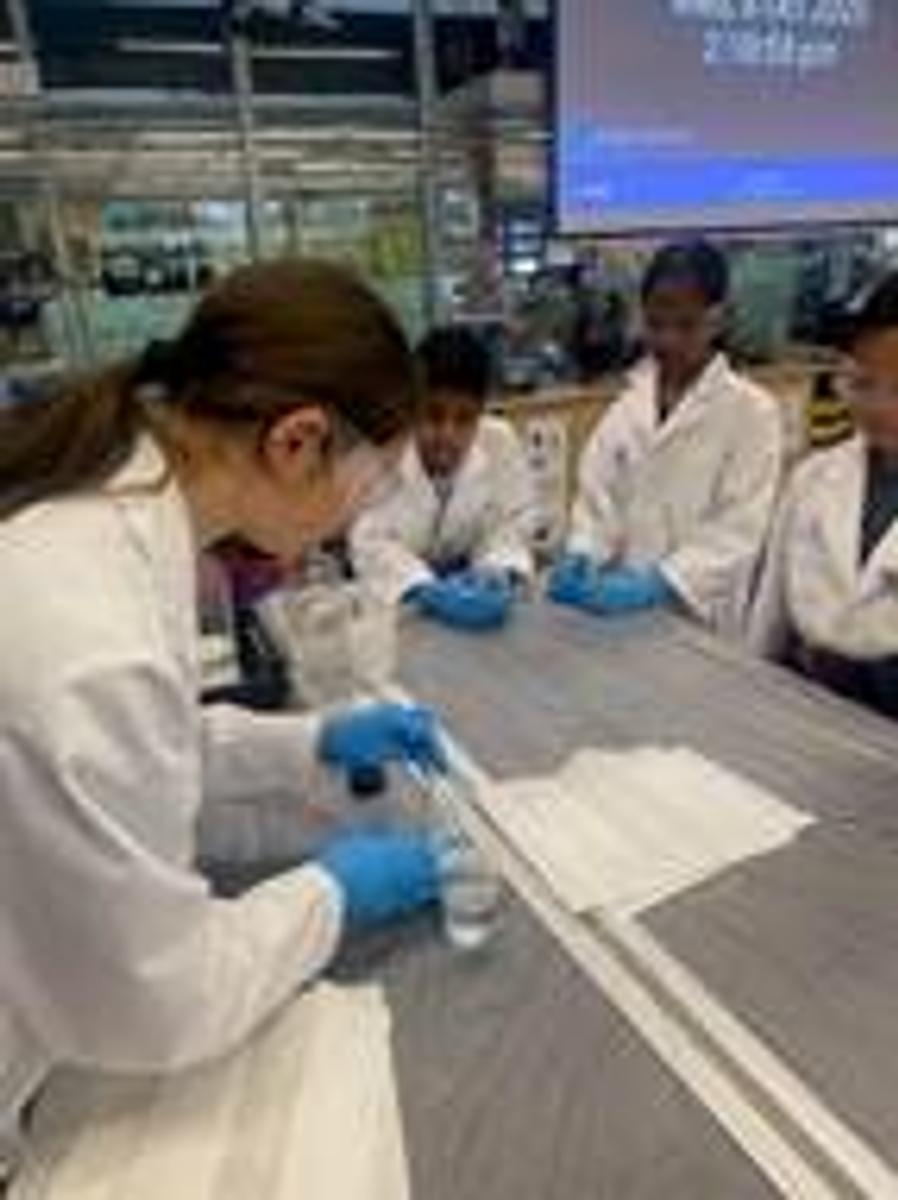
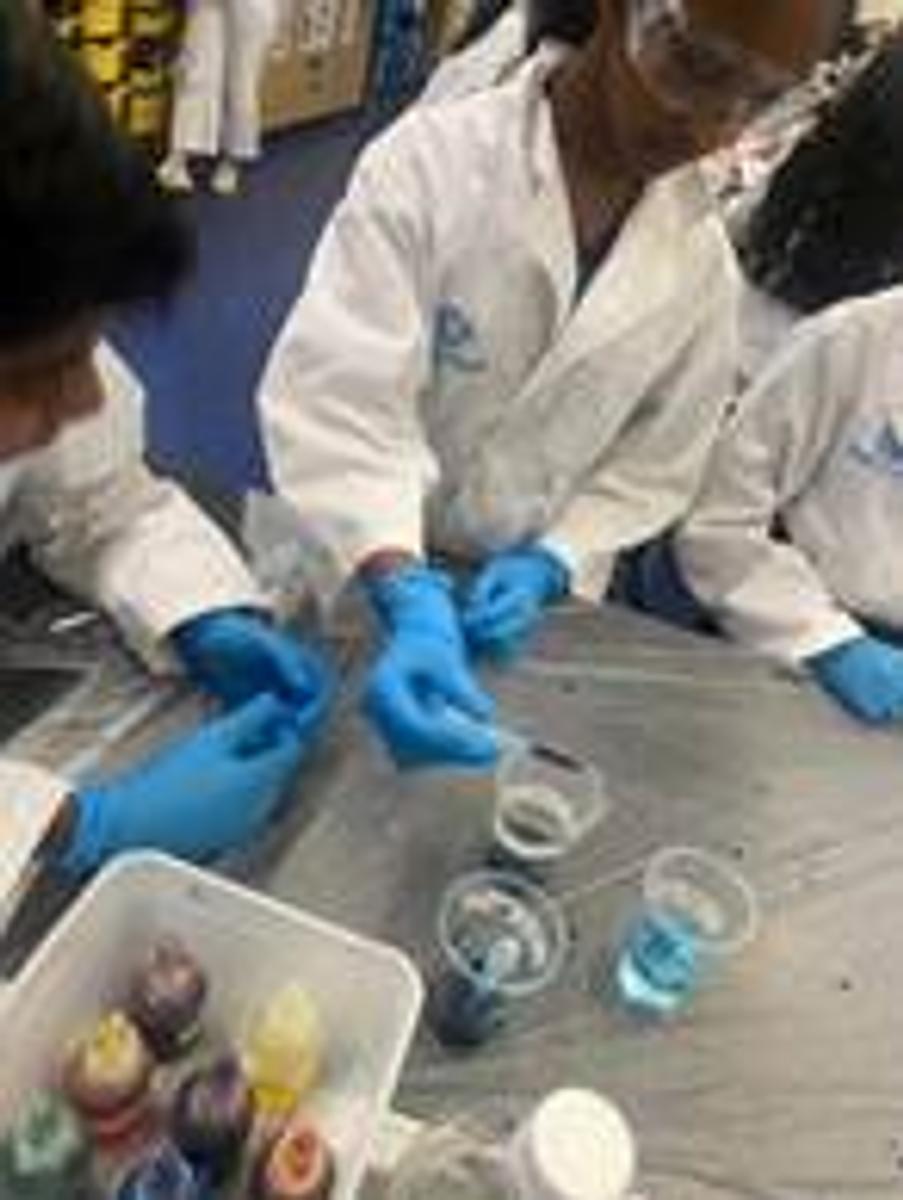



Oobleck
Oobleck is a non-Newtonian fluid. This means that it acts like a liquid when left alone but becomes hard when pressure is applied. We made oobleck by mixing cornstarch and water—it shouldn’t be too runny or too hard to mix. We also observed how oobleck moved on a vibrating speaker.
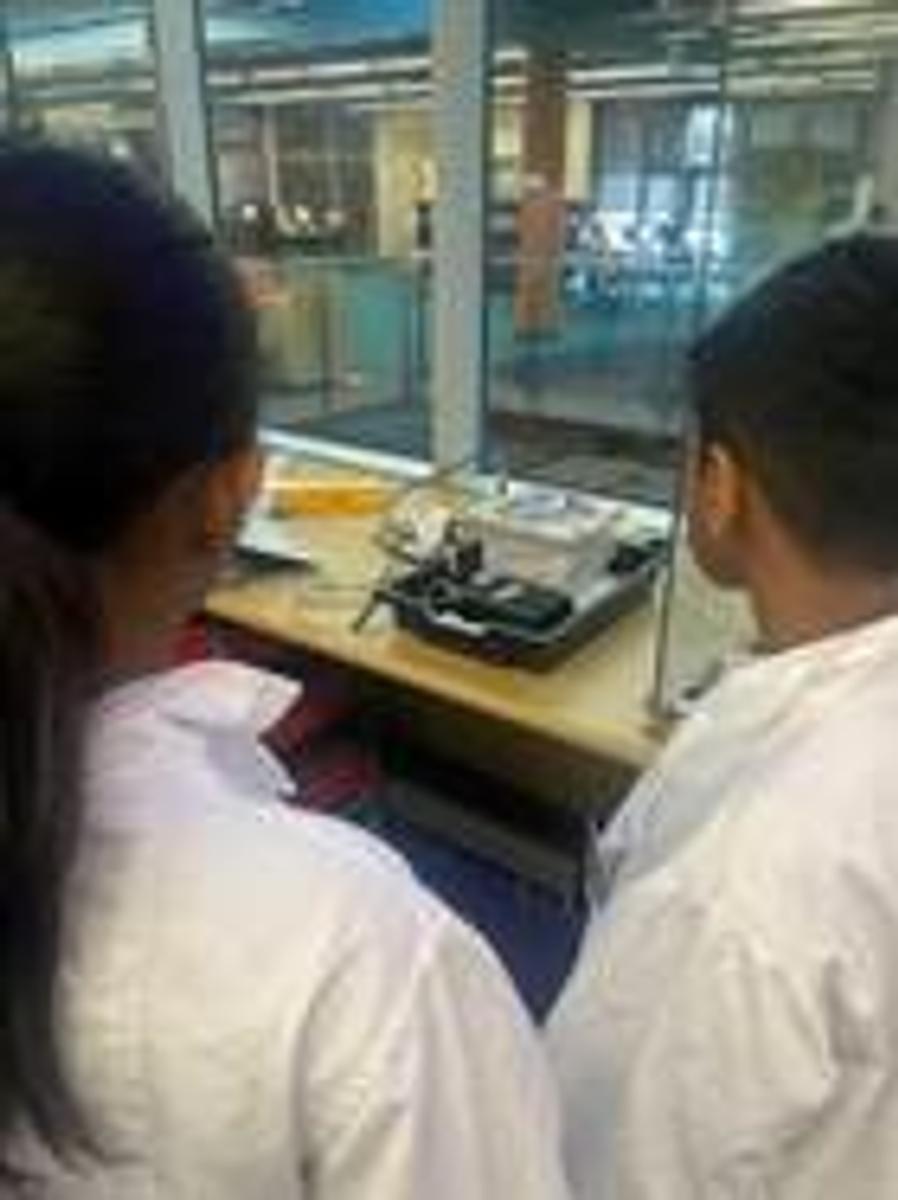
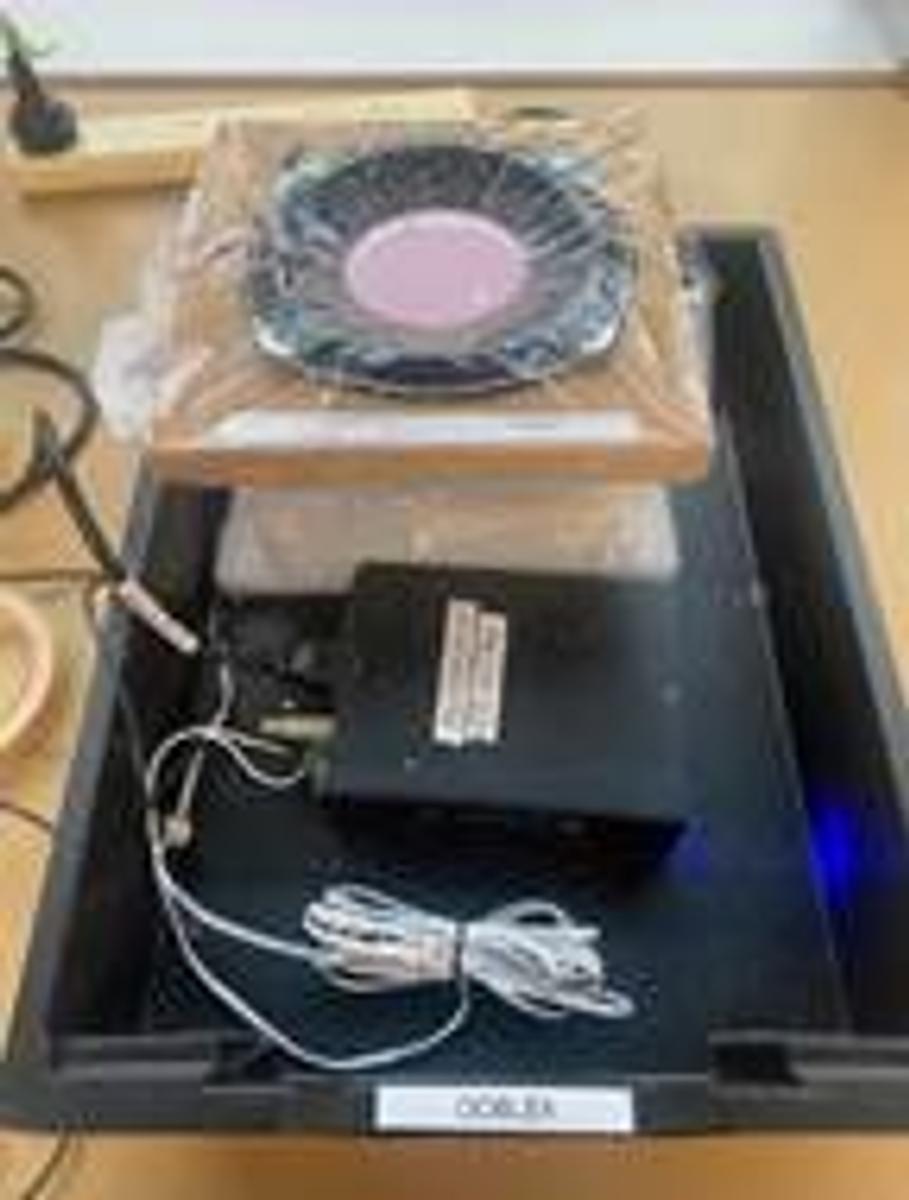
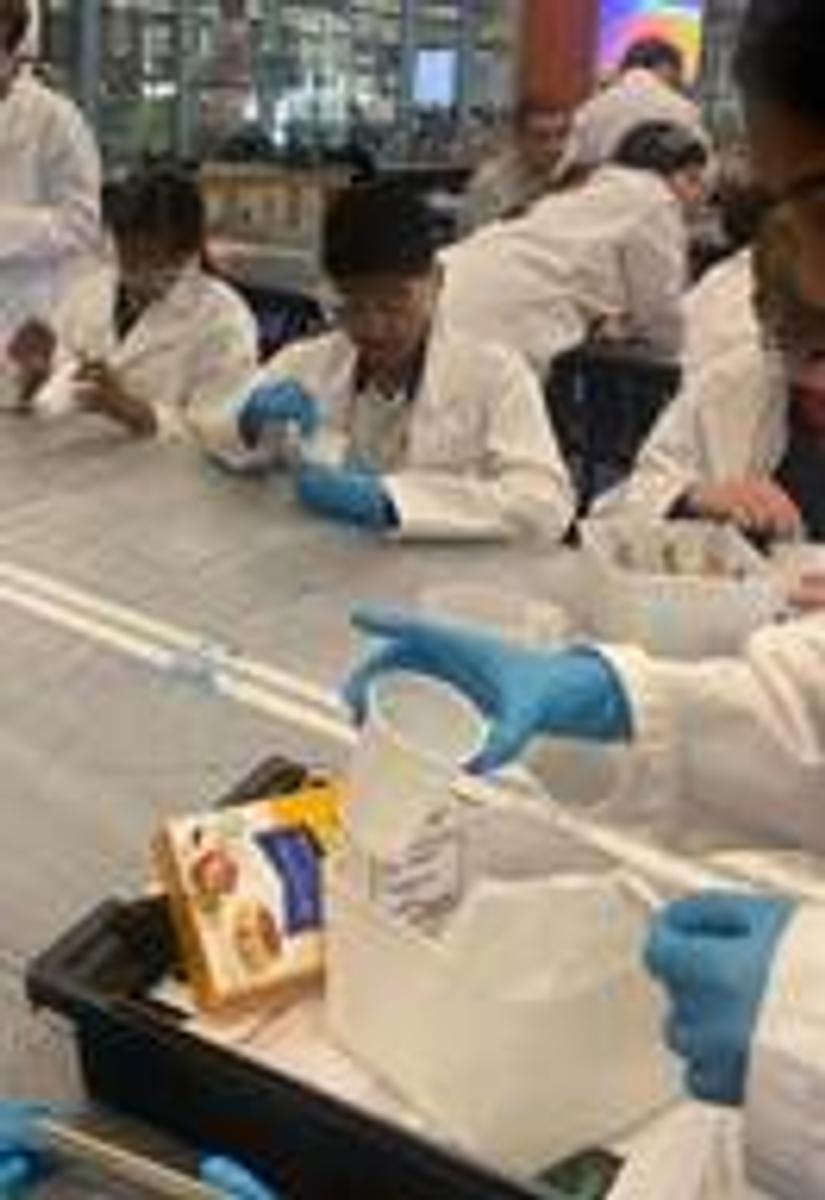



– Meshavi Thirukkumaran, 6A
Physics
Paper Airplane Competition
Visiting John Monash Science School was an exciting experience. We began by learning about the four forces of flight: drag, thrust, lift, and weight. After learning about flight, we participated in a paper airplane competition. We were given A4 paper and could design any kind of plane, using what we had learnt to improve its flight. We tried pointing the nose of the plane to help it travel further. The plane that flew the furthest won. We had fun designing creative planes and experimenting with new ideas, which helped us develop our creativity and problem-solving skills.
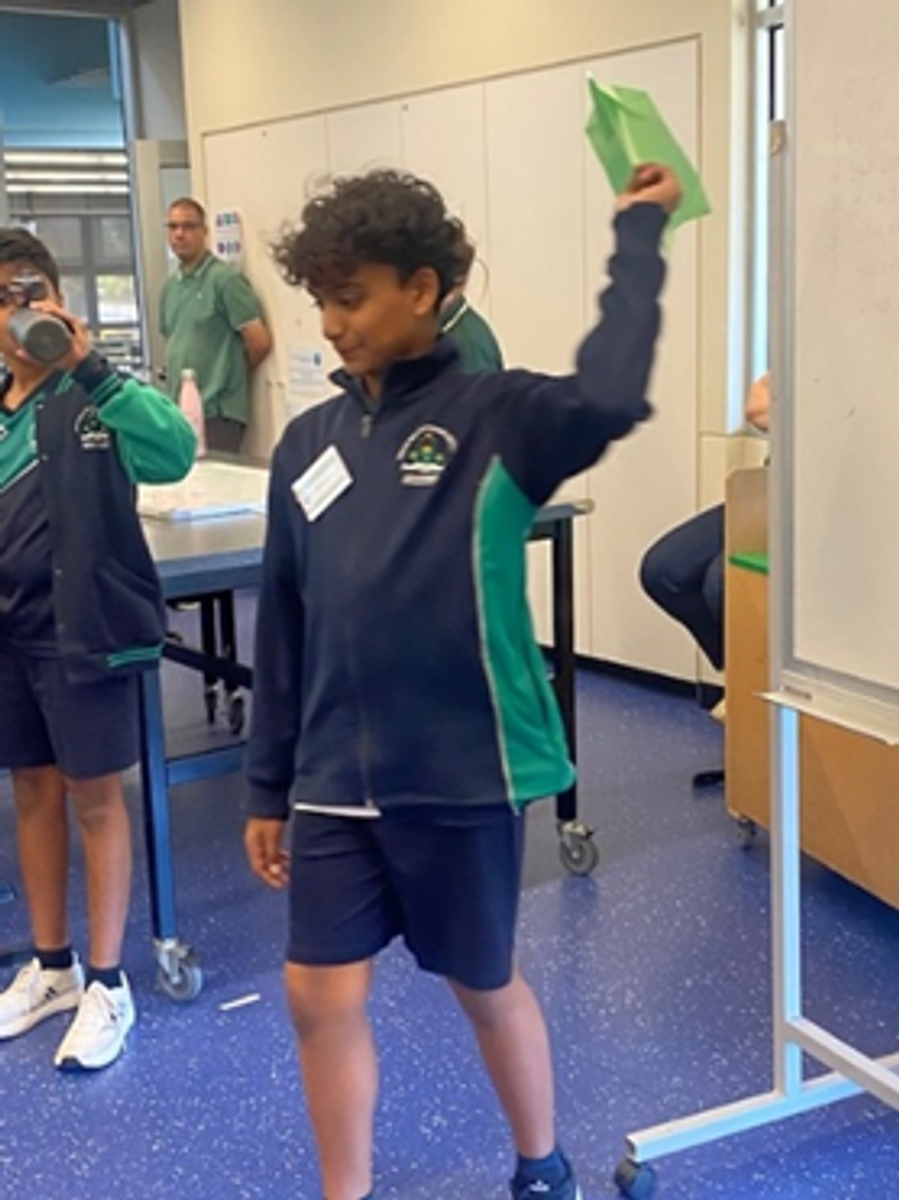
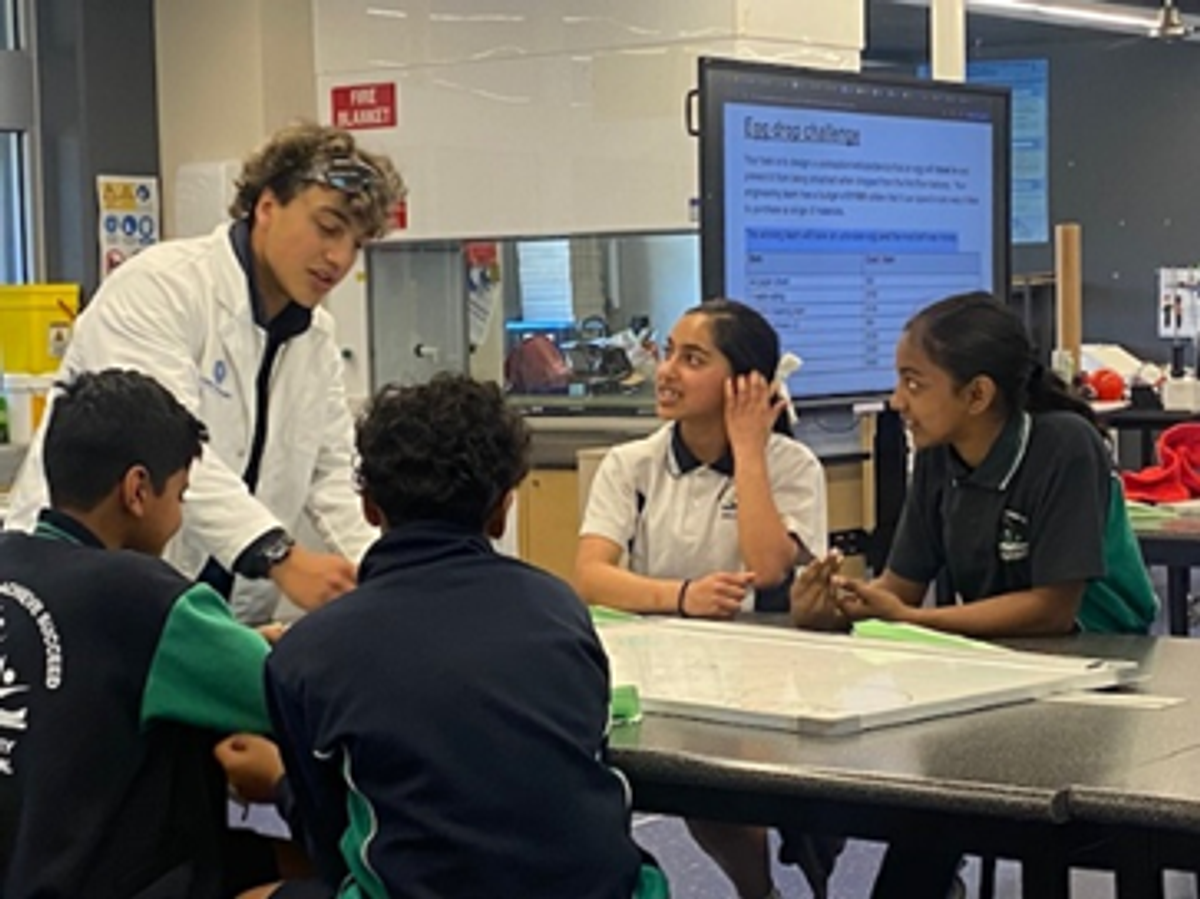


Egg Drop Challenge
One of the most memorable parts of the day was the egg drop challenge. It required teamwork, creativity, and critical thinking to solve problems within a budget.
At the start, each group received 1,000 John Monash Science School dollars to spend on materials such as balloons, string, tape, and paper to protect an egg dropped from one floor up. We were not allowed to wrap the egg directly. We had to think strategically about which materials would give us the best chance of success without overspending.
Our group decided to buy four balloons to create a parachute-like design. We added straws underneath to stop the balloons from hitting the egg and placed the egg in a plastic bag. After testing, our design worked well—we placed third overall! Our egg had only a small dent (no cracks or breaks), and we finished with $100 left over.
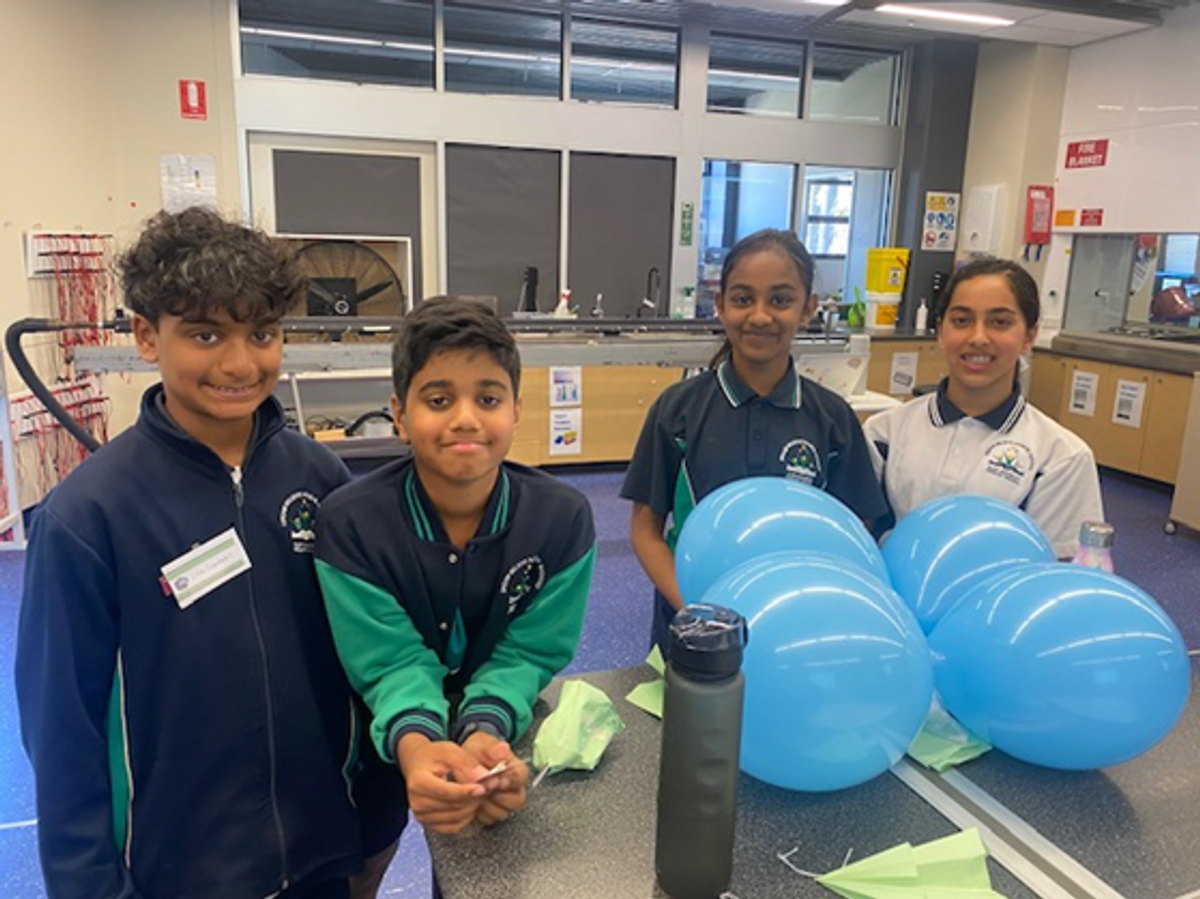













Hoverboard
We also used hoverboards. These weren’t like regular hoverboards—they were wooden circles powered by a small machine giving it air power. One at a time, we sat on them while everyone else stood around in a circle and gently kicked to make us move. It was a lot of fun and a completely new experience.
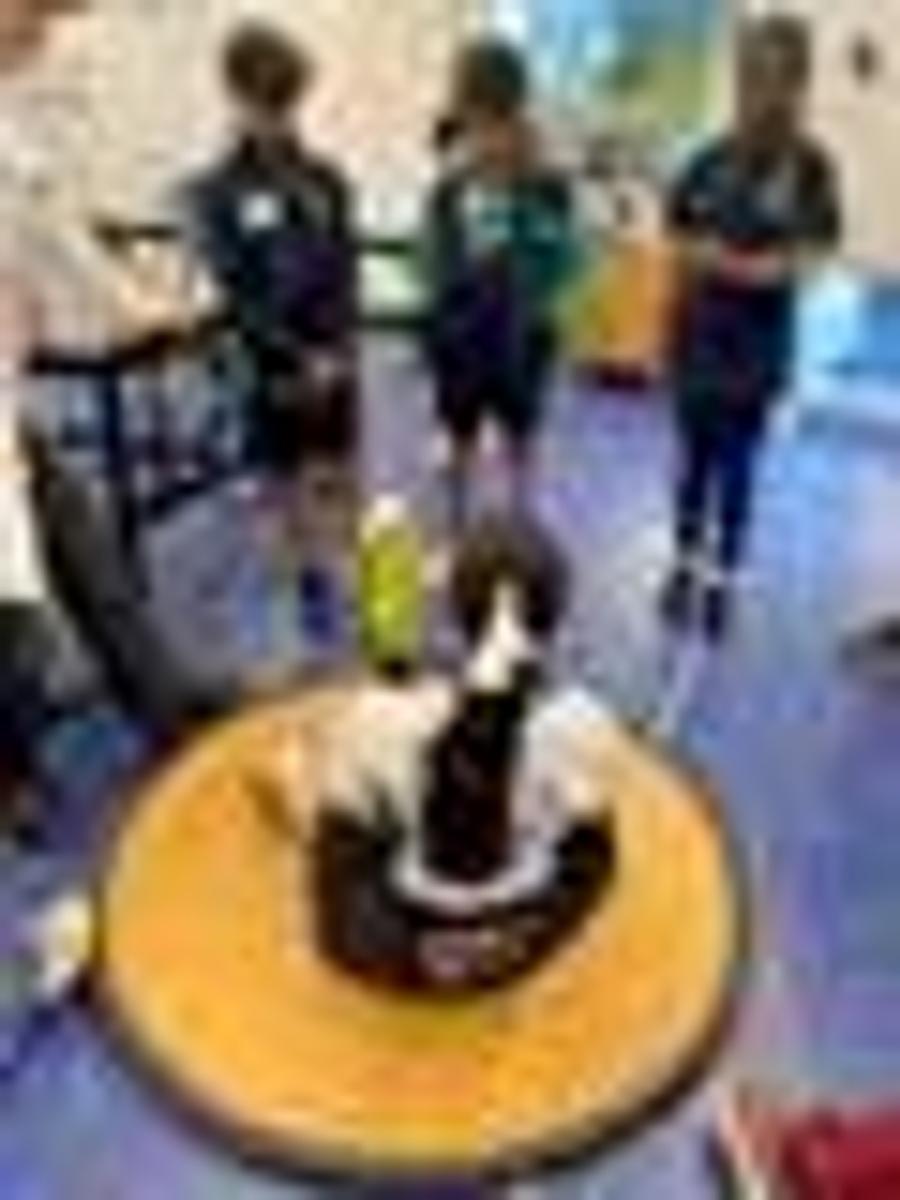
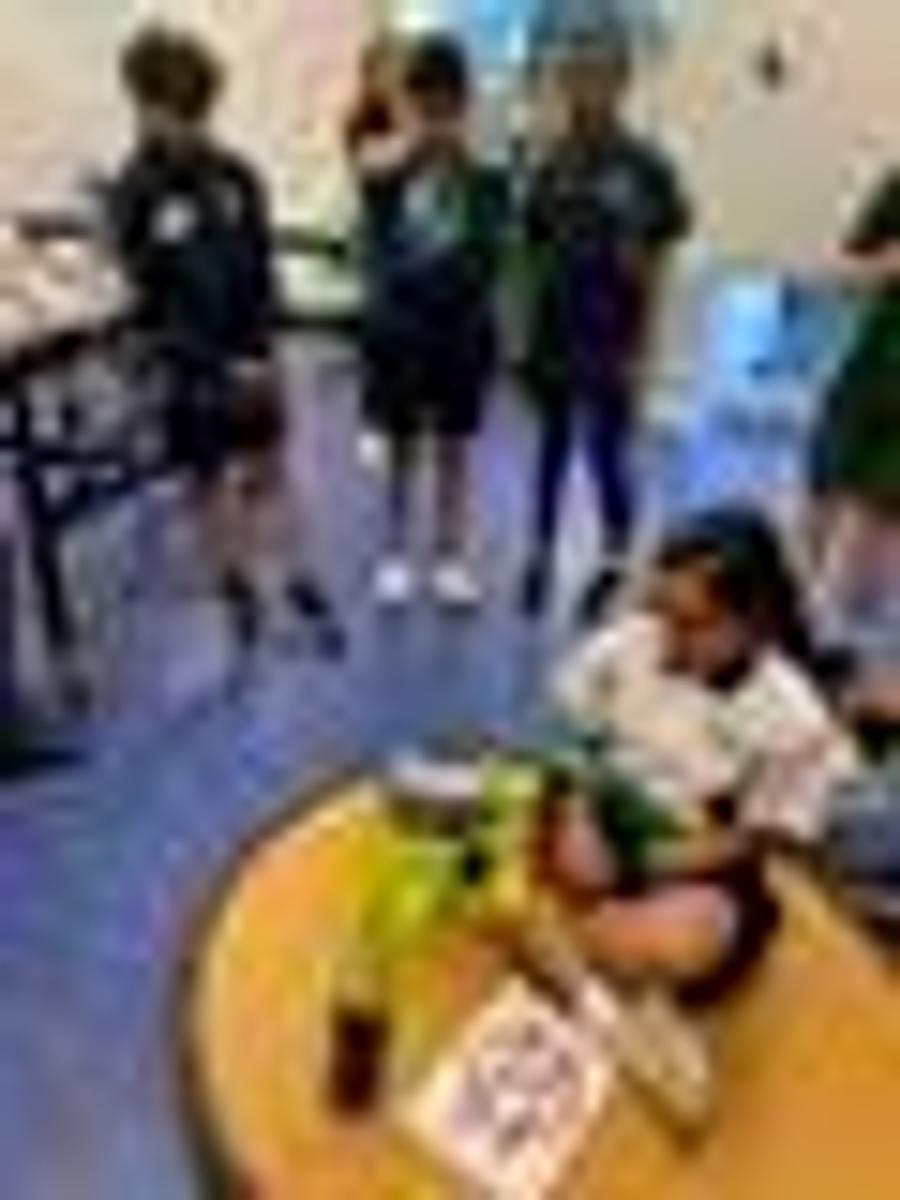
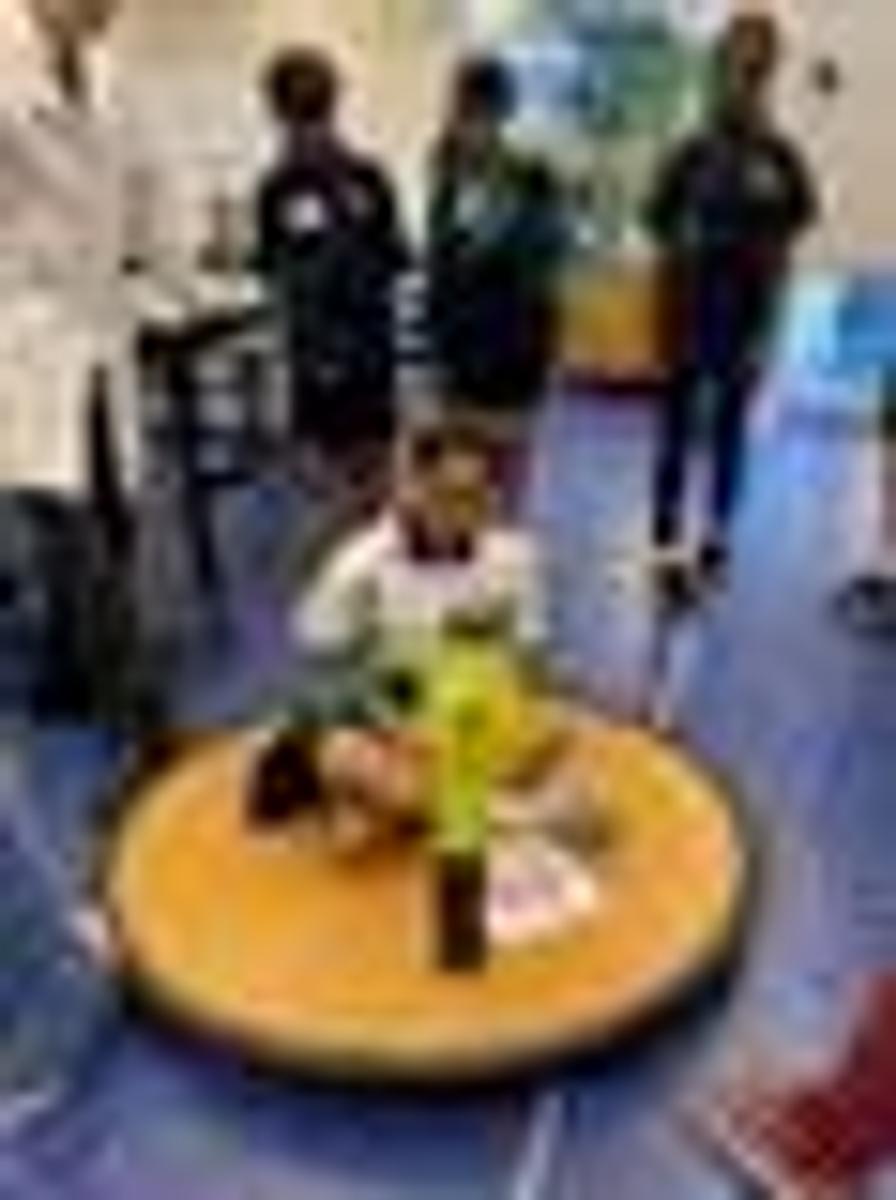



– Stuti Panchal, 6E